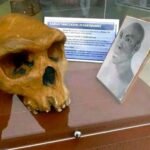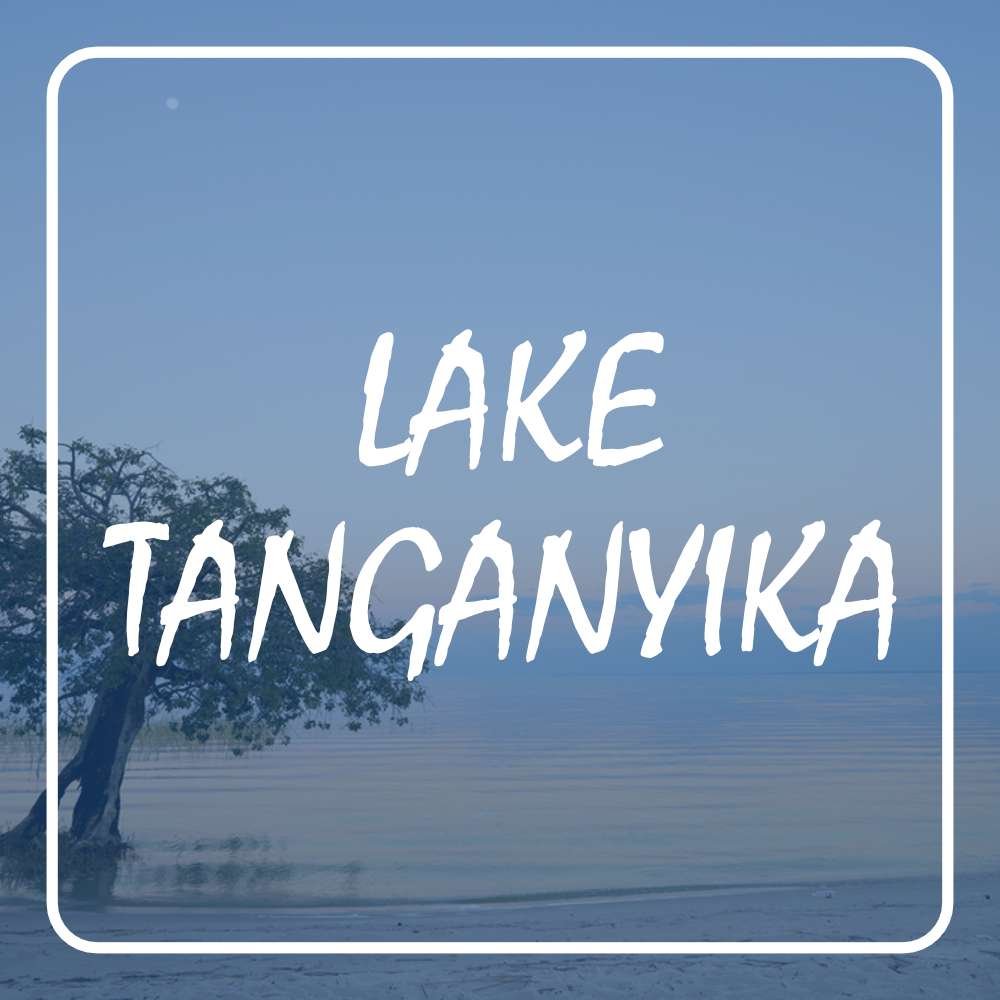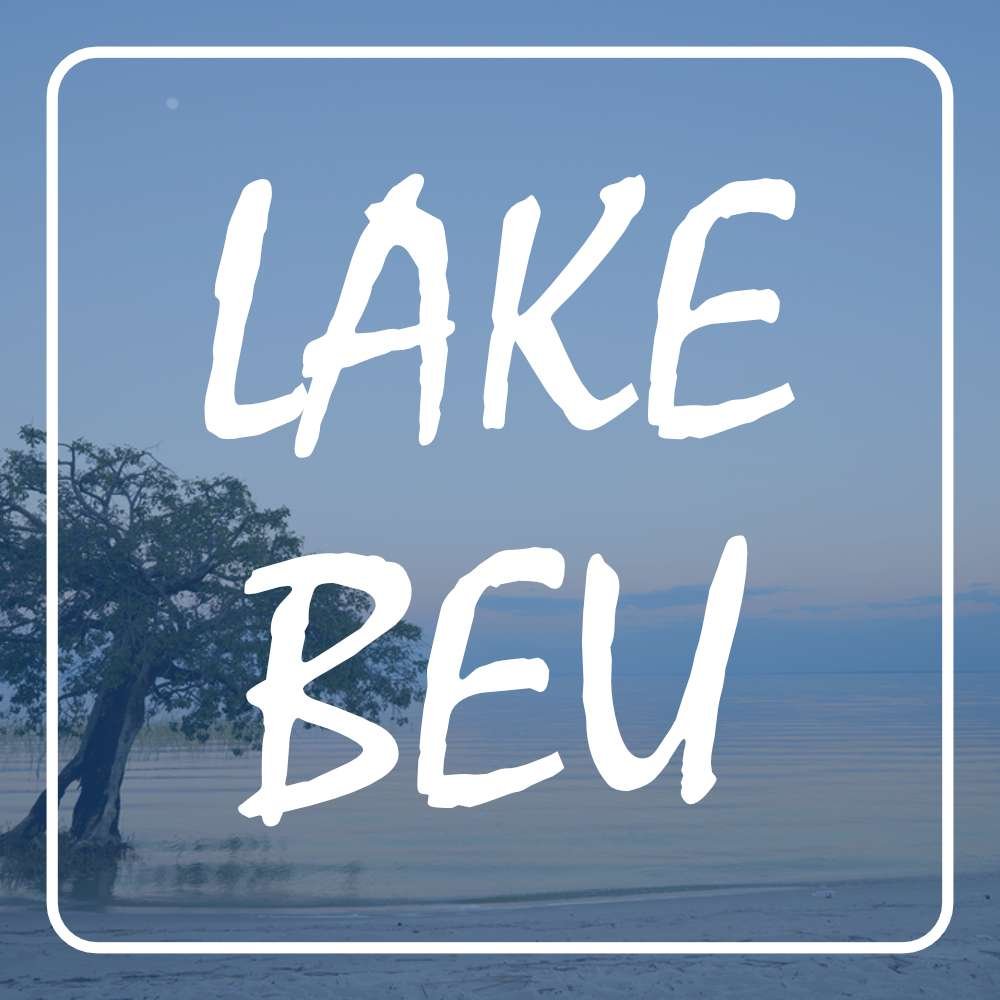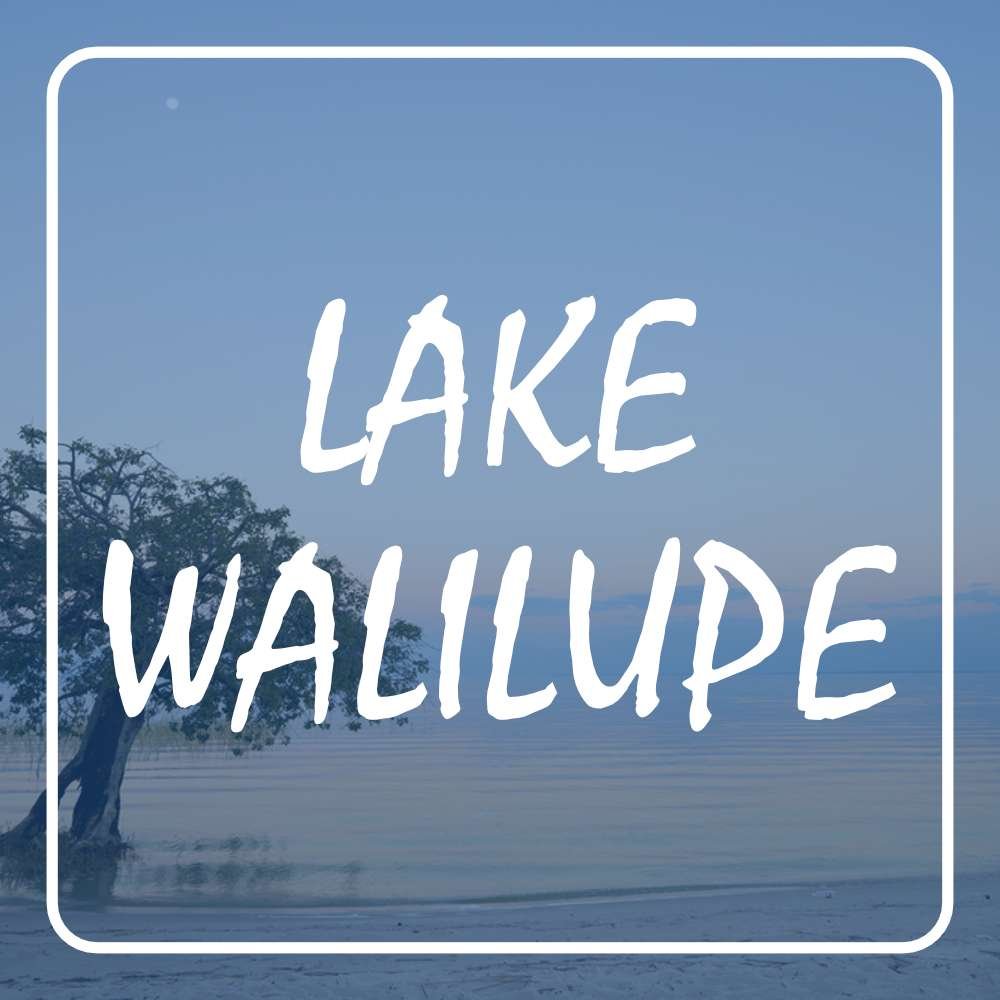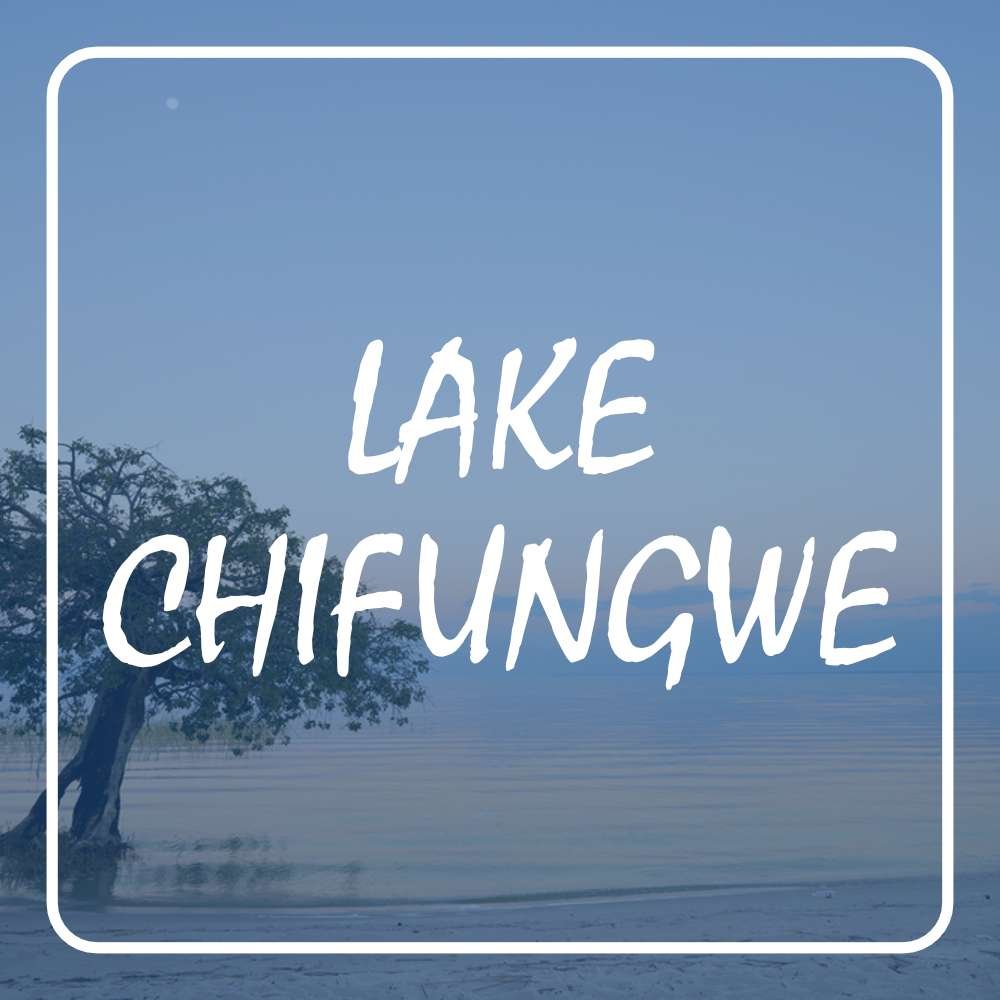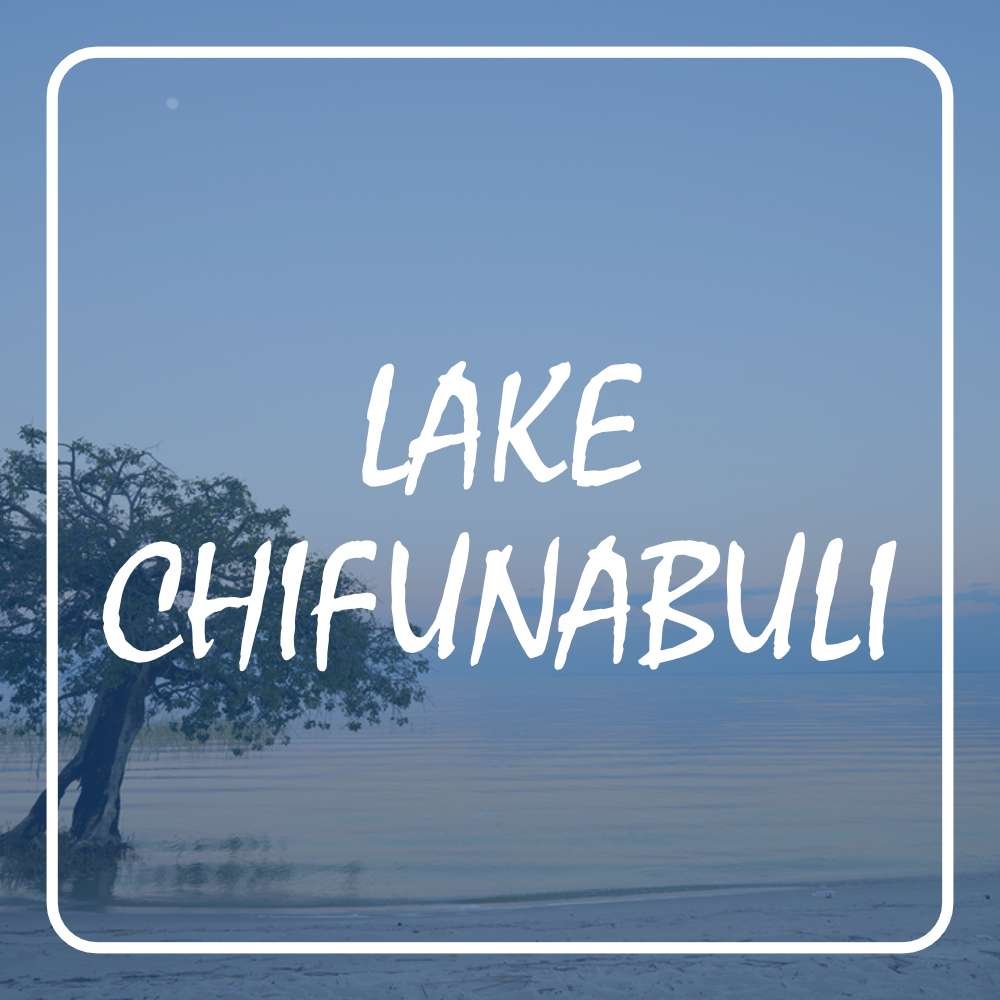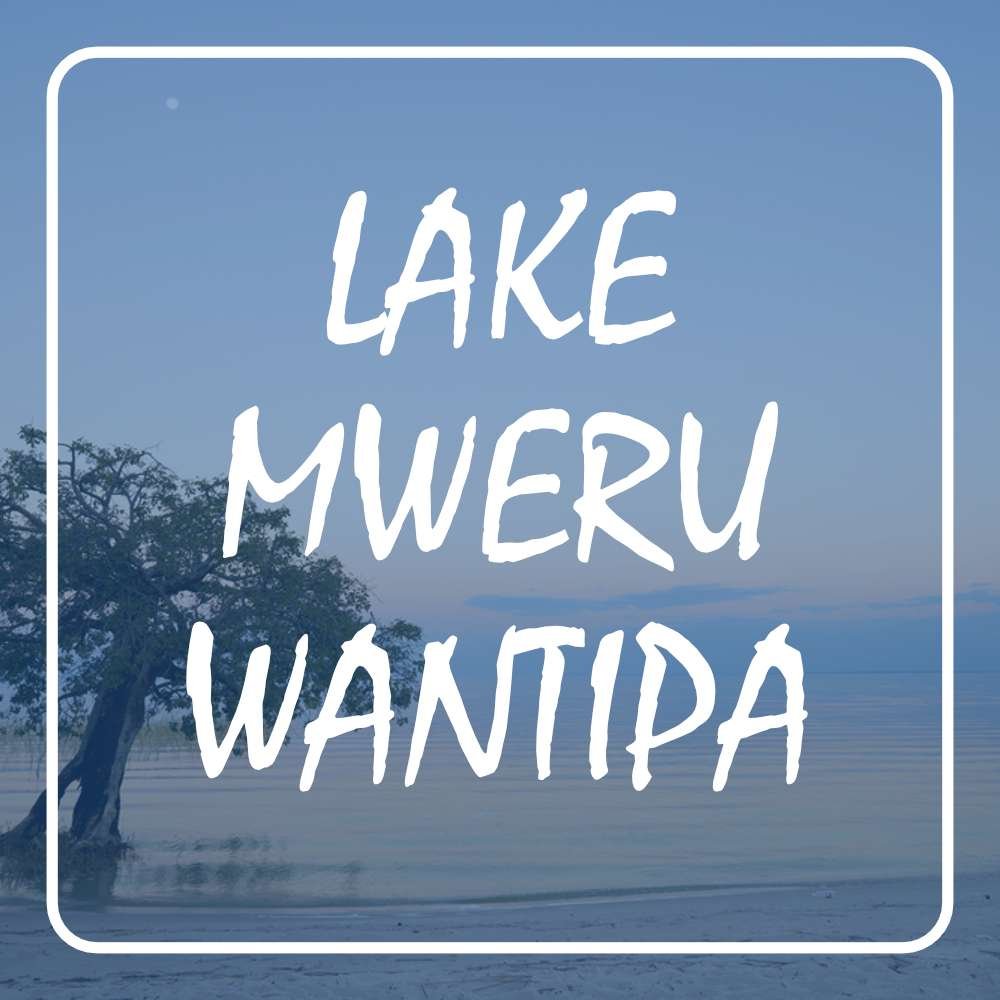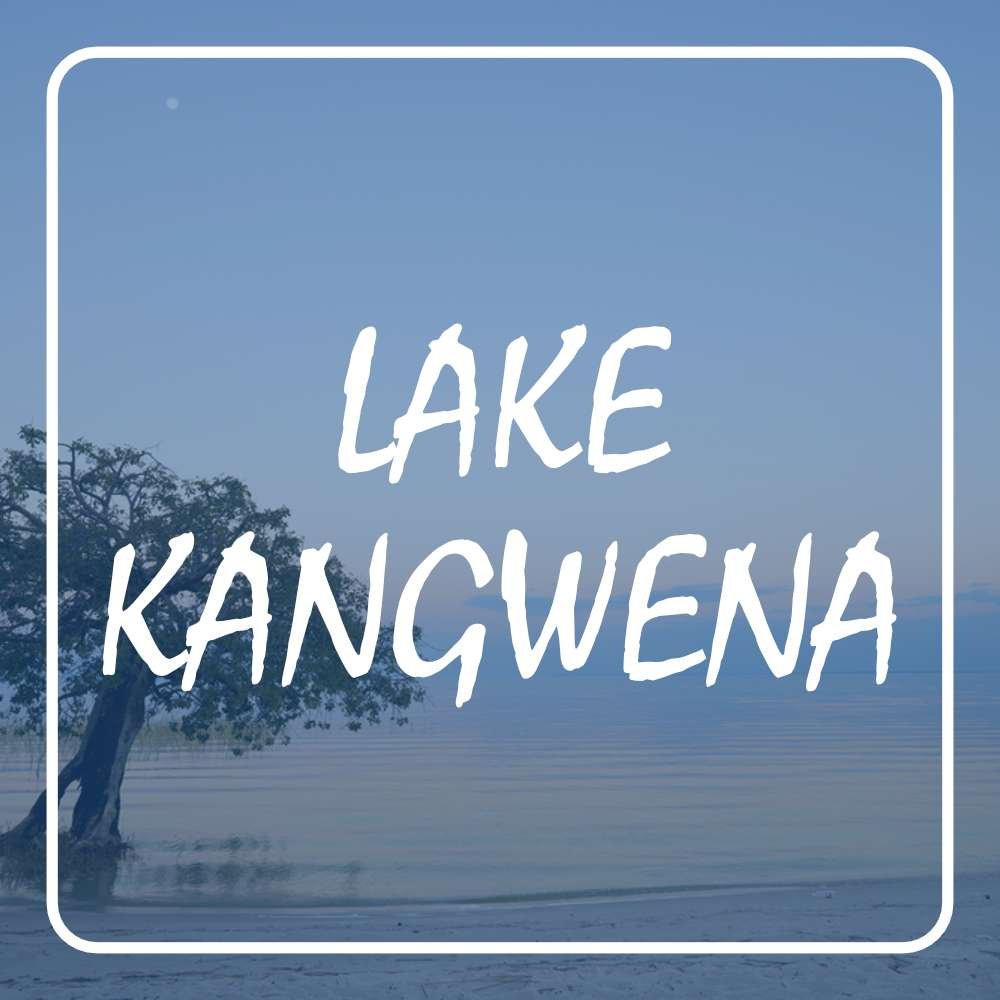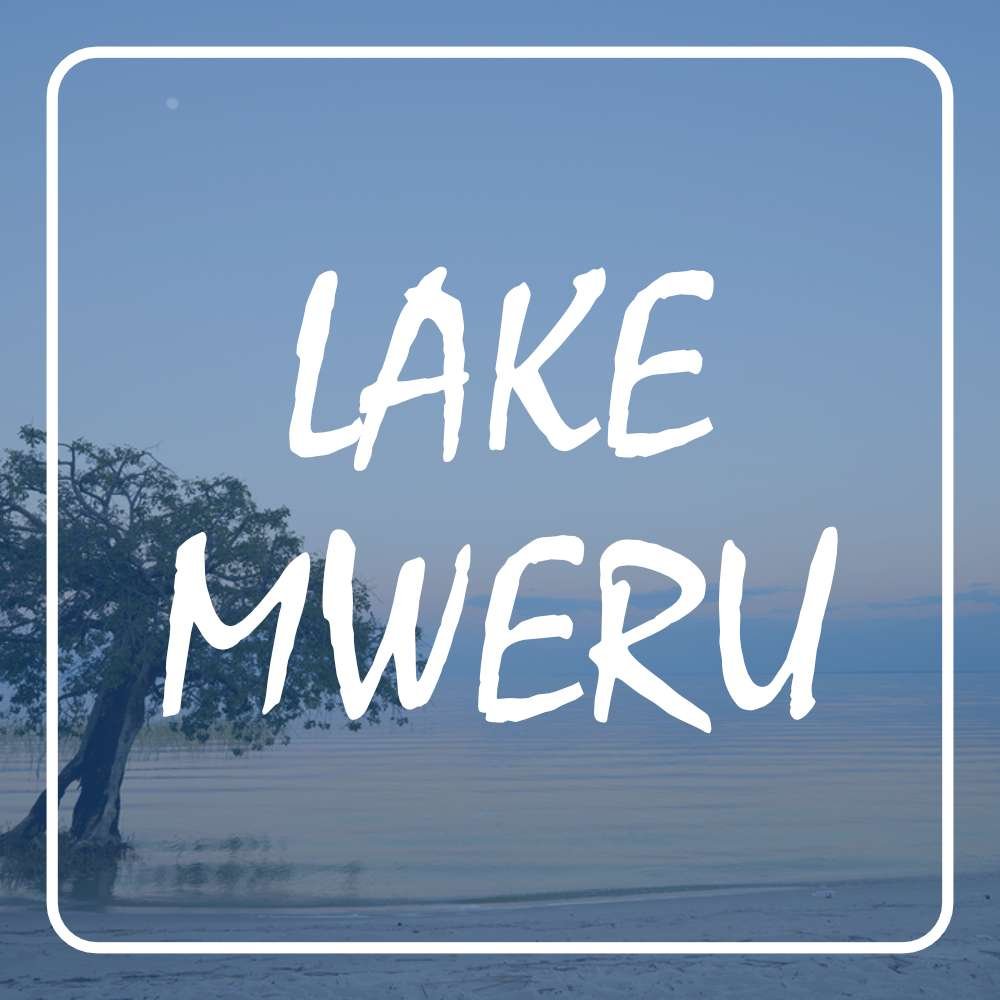Lake Bangweulu
- Lake Type: Freshwater Lake
- Coordinates: 11°05′S 29°45′E
- Volume: 5000000000 km3
- Surface Area: 15100 km2
- Max Length: 75 km
- Max Width: 40 km
- Avg. Depth: 4 m
- Max Depth: 10 m
- Surface Elevation: 1140 m
- Inflow: Chambeshi river
- Outflow: Luapula river
- Islands: Chilubi Island, Mbabala Island, Chishi Island, Lifunge Mwenzi Island, Chindo island, Ibula Island, Chibwe Ngombe Island, Minswa Island and Ngwishi Island
- District(s): Samfya, Chilubi, Luwingu
- Province(s): Luapula and Northern
- Countries: Zambia
Share:
General Information
Lake Bangweulu is one of the world’s greatest wetlands, comprising Lake Bangweulu, the Bangweulu Swamps and the Bangweulu Flats or floodplains. The name translates to, ‘where the water sky meets the sky’ because of its indistinguishable likeness to the sky as far as the eye can see.
The Bangweulu system covers an almost completely flat area as it sits on a plateau. It is crucial to the economy and biodiversity of northern Zambia, and to the birdlife of a much larger region, and faces environmental stress and conservation issues.
The Bangweulu system is fed by about seventeen rivers of which the Chambeshi (the source of the Congo River) is the largest, and is drained by the Luapula River.
Fishery
The lake supports a seasonal fishing industry and the population may increase markedly during the season.
Wildlife & Birdlife
The Bangweulu floodplains are an important ecosystem for birdlife as many different types of bird species thrive in this region. The wetlands are home to more than 400 bird species, including cormorants, ducks, egrets, geese, herons, ibises, pygmy goose, and waders. Most notable is the shoebill, a vulnerable species threatened by habitat burning for farming, competition with fisheries, wildlife trade, and other disturbances. Other species recorded in Bangweulu include the great white pelican, saddle-billed stork, African spoonbill, and wattled crane.
The ecosystem has Cyperus papyrus, floating grasses, miombo woodland, and reeds that support large populations of crocodiles, fish, and water birds. Mammals include buffalo, Burchell’s zebra, bushbuck, common tsessebe, elephants, hippopotamus, hyenas, jackals, oribi, reedbuck, roan and sable antelope, and sitatunga. Bangweulu has the only remaining significant population of the black lechwe; There were an estimated 36,600 reported in 2020.
Millions of straw-coloured fruit bats migrate to Bangweulu’s Mushitu swamp forest in Kasanka National Park.
Protected Areas
Local Legends
No donation to this project yet.
| M | T | W | T | F | S | S |
|---|---|---|---|---|---|---|
| 1 | ||||||
| 2 | 3 | 4 | 5 | 6 | 7 | 8 |
| 9 | 10 | 11 | 12 | 13 | 14 | 15 |
| 16 | 17 | 18 | 19 | 20 | 21 | 22 |
| 23 | 24 | 25 | 26 | 27 | 28 | 29 |
| 30 | 31 | |||||


